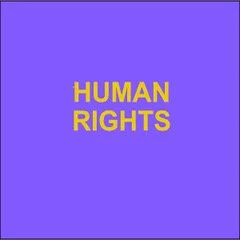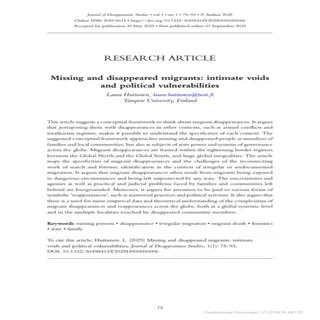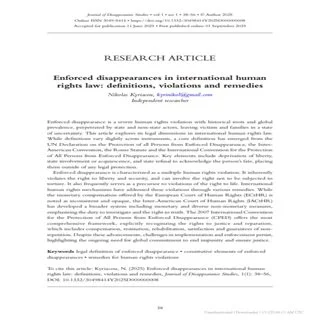By Laura Huttunen
This article suggests a conceptual framework to think about migrant disappearances. It argues that juxtaposing them with disappearances in other contexts, such as armed conflicts and totalitarian regimes, makes it possible to understand the specificities of each context. The suggested conceptual framework approaches missing and disappeared people as members of families and local communities, but also as subjects of state power and systems of governance across the globe. Migrant disappearances are framed within the tightening border regimes between the Global North and the Global South, and huge global inequalities. The article maps the specificities of migrant disappearances and the challenges of the reconnecting work of search and forensic identification in the context of irregular or undocumented migration. It argues that migrant disappearances often result from migrants being exposed to dangerous circumstances and being left unprotected by any state. The uncertainties and agonies as well as practical and judicial problems faced by families and communities left behind are foregrounded. Moreover, it argues for attention to be paid to various forms of symbolic ‘reappearances’, such as memorial practices and political activism. It also argues that there is a need for more empirical data and theoretical understanding of the complexities of migrant disappearances and reappearances across the globe, both at a global systemic level and in the multiple localities touched by disappeared community members.
Journal of Disappearance Studies, 1(1), 75-93. Retrieved Oct 6, 2025,



